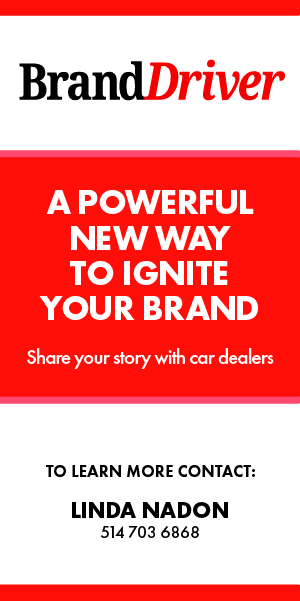It’s important to understand the key differences between paid and earned media
In a highly-competitive industry like auto retail, dealers must constantly look for strategic and cost-effective ways to generate visibility and build trust, while ultimately increasing sales and service.
Beyond tactics that will increase the likelihood of repeat customers and word-of-mouth referrals, outward-facing marketing strategies often centre around two key concepts: paid media and earned media.
Both play their own critical role in building a comprehensive marketing plan, but are executed very differently. Understanding the differences between them — and how to manage each one most effectively — can help dealers increase their presence and maximize their return on investment (ROI).
What is paid media?
Paid media refers to any marketing or advertising that a business pays for directly. This can include traditional advertising such as television, radio, and print ads, as well as digital channels such as web banners, Google Ads, social media promotions, and influencer partnerships.
In the automotive retail sector, paid media is often used to increase reach and visibility. Targeted digital campaigns, for example, allow dealers to reach a specific demographic within their Primary Market Area (PMA).
Paid media can be used effectively to generate leads by driving traffic to your website or directly to inventory listings. Among the benefits of paid media are that you have full control over the timing, location and content of your message since you are paying for it.
What is earned media?
Earned media, on the other hand, is the exposure a business receives through organic means—without direct payment. This term often relates to media coverage but can also include social media mentions or customer reviews.
In the automotive world, earned media is often the result of a campaign, special event or launch of a new product. Maybe you held a swanky casino night that raised money for a local charity, or hosted a special VIP unveiling of a highly anticipated new vehicle.
Earned media is a powerful tool because it provides independent validation.
A positive article about a dealership holds a great deal more weight with potential customers than a paid advertisement because it comes in the form of third-party endorsement. Among the challenges are that you can’t control the timing, location or content of the message.
The primary difference between paid and earned media resides within the delicate balance of control and credibility.
Key differences and strategic integration
The primary difference between paid and earned media resides within the delicate balance of control and credibility. With paid media, you control the message, but it’s clear that the content is an advertisement. Earned media, while far less easy to control, can carry greater weight and credibility (but that also depends on the source.)
The most effective strategies combine both approaches. Paid media helps dealers drive immediate action by targeting customers with a product or service offering, while the organic earned media approach builds longer lasting brand equity and trust.
An example of this could be advertising a discount on winter tires and storage for new vehicles, but perhaps also gifting sets of winter tires to local families in need to generate earned media coverage that reinforces the paid campaign’s message.
This could also include the negotiation of an entirely separate editorial feature in an outlet that you have purchased advertising with. Such an opportunity could be leveraged by showcasing authentic customer stories or building thought leadership messaging that shares insights of staff that aren’t harshly sales-driven.
Blurred lines
Another challenge of the modern media landscape is the nuanced boundary that resides between earned and paid.
Traditionally the term advertorial referred to a sponsored article or feature that included the informative content or messaging of an ad.
This concept has since evolved to include social media influencers who are paid to attend events or “review” products for their audience. Both are made to mimic the look and feel of organic editorial content, but the message is largely controlled by the one paying for it.
By strategically integrating both approaches, dealers can enhance their market presence and drive sustained business growth. The public, for the most part, can tell the difference between what is authentic and what is contrived, so it is important to be transparent in your approach and your messaging to retain trust and credibility whichever strategy you choose.










